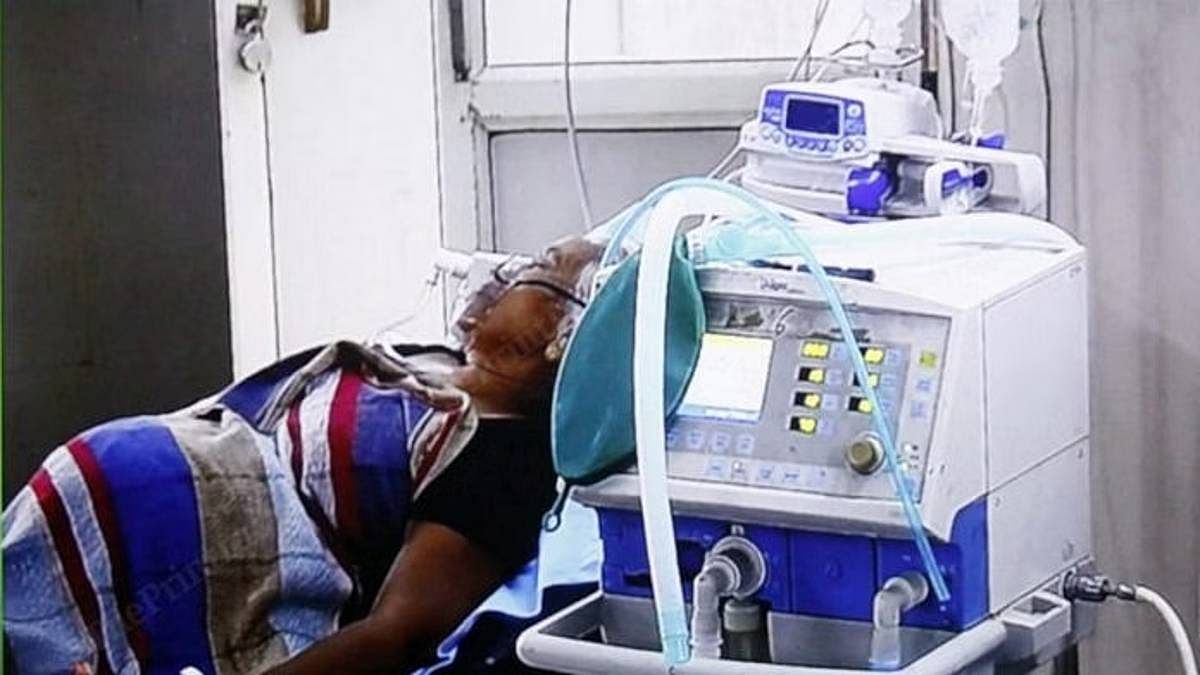New Delhi: The average out-of-pocket expenditure (OOPE) per household on hospitalisation, including institutional deliveries, in rural and urban areas stood at Rs 4,129 and Rs 5,290, respectively, from July 2022 to June 2023, according to the Comprehensive Annual Modular (CAM) Survey conducted by the National Sample Survey Office under the Ministry of Statistics and Programme Implementation.
However, the average cost of hospitalisation in rural and urban areas in the one year surveyed stood at Rs 4,496 and Rs 6,877, respectively, according to the survey.
Thus, if the proportion of OOPE in total hospitalisation cost is calculated, in urban areas people spend nearly 77 percent of their in-patient care cost from their pocket, while for rural people this stands at nearly 92 percent.
OOPE, the amount households pay at the point that they receive healthcare, is a crucial indicator of the level of financial protection available towards healthcare payments.
The CAM survey, the report of which was released Wednesday, was conducted as part of the 79th round of the National Sample Survey (NSS). Health-related parameters were not included in the multiple indicator survey conducted in 2020-21 as part of the 78th round of the NSS.
The 75th round of the NSS in 2017-18 had shown that on an average, about Rs 16,676 in rural India and Rs 26,475 in urban India were spent on medical expenditure for hospitalisation.
The National Health Accounts (NHA) estimate released by the central government last month had shown that OOPE of total health expenditure (THE) in India stood at 39.4 percent in the financial year 2021-2022—down from 64.2 percent in FY 2014-2015.
While there is no OOPE data available from the 75th round of the NSS, government officials say that comparison of OOPE between 2017-18 and 2022-23 could suggest that the government’s flagship health scheme Ayushman Bharat-Pradhan Mantri Jan Arogya Yojana (AB-PMJAY) and greater penetration of private health insurance may have played a significant role in bringing down OOPE for hospitalisation in the country.
Under AB-PMJAY, launched in 2018, the government offers health insurance coverage worth Rs 5 lakh for secondary and tertiary-level healthcare to nearly 50 crore Indians, based on their socio-economic status.
Last month, the scheme was expanded to include all above the age of 70 years, irrespective of their income status.
According to healthcare specialists, the demand and uptake of private health insurance by those who are not under any government-sponsored healthcare schemes has also picked up significantly, especially after the Covid-19 pandemic.
Some public health specialists, however, stressed that without crucial other parameters indicating financial protection for healthcare, such as catastrophic healthcare expenditure (CHE) and the percentage of people getting pushed into poverty due to healthcare costs, the OOPE figures can be deceptive.
CHE is when out-of-pocket healthcare costs exceed a household’s capacity to pay for healthcare, which can happen when a household’s healthcare costs exceed 10 percent of total household spending.
“Equally important are the parameters related to availability of healthcare services, because lack of access to treatment greatly hampers people’s health seeking behaviour and therefore may lead to lower OOPE,” Dr K. Srinath Reddy, public health expert and former president of the Public Health Foundation of India, told ThePrint.
There are 14 such internationally accepted parameters, which include availability of healthcare personnel, among others, Reddy pointed out.
Also Read: Govt health spends climb to 1.84% of GDP as out-of-pocket spending dips, show govt estimates for FY22
Individual healthcare burden
The latest CAMS survey also shows that average out-of-pocket medical expenditure per household in 30 days on medical services that did not require hospitalisation in rural and urban areas was Rs 539 and Rs 606, respectively.
Individuals, on the other hand, spent Rs 125 and Rs 175 in rural and urban areas for these services in 30 days.
Figures further show that the individual cost of hospitalisation in rural areas was Rs 1,035, of which Rs 950 or 91.3 percent was from out of pocket. In urban parts, the cost of hospitalisation per person was Rs 1,879, of which Rs 1,146 or 60.9 percent was from out of pocket.
The primary objective of the CAM survey was to collect data to generate indicators related to education, out-of-pocket medical expenditure, use of mobile and internet, financial inclusion, information and technology skills, and possession of assets.
The survey covered 3,02,086 households (1,73,096 in rural areas and 1,28,990 in urban areas) across India, except for some villages in the Andaman and Nicobar Islands.
(Edited by Nida Fatima Siddiqui)
Also Read: Ayushman Bharat for 70+ age group to be rolled out within a week, Aadhaar must to avail scheme

